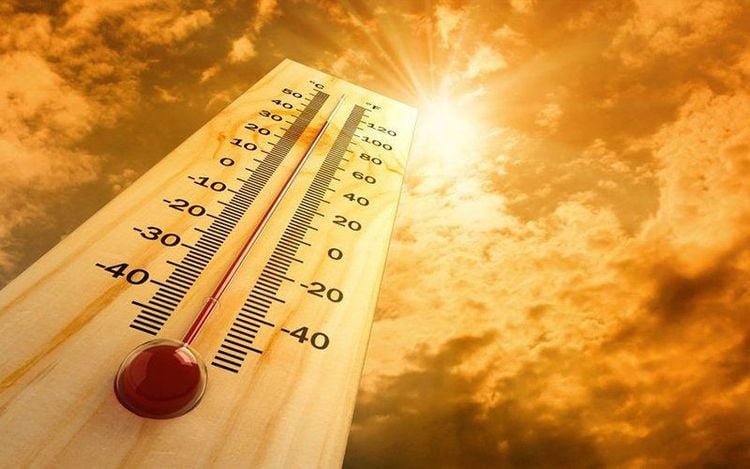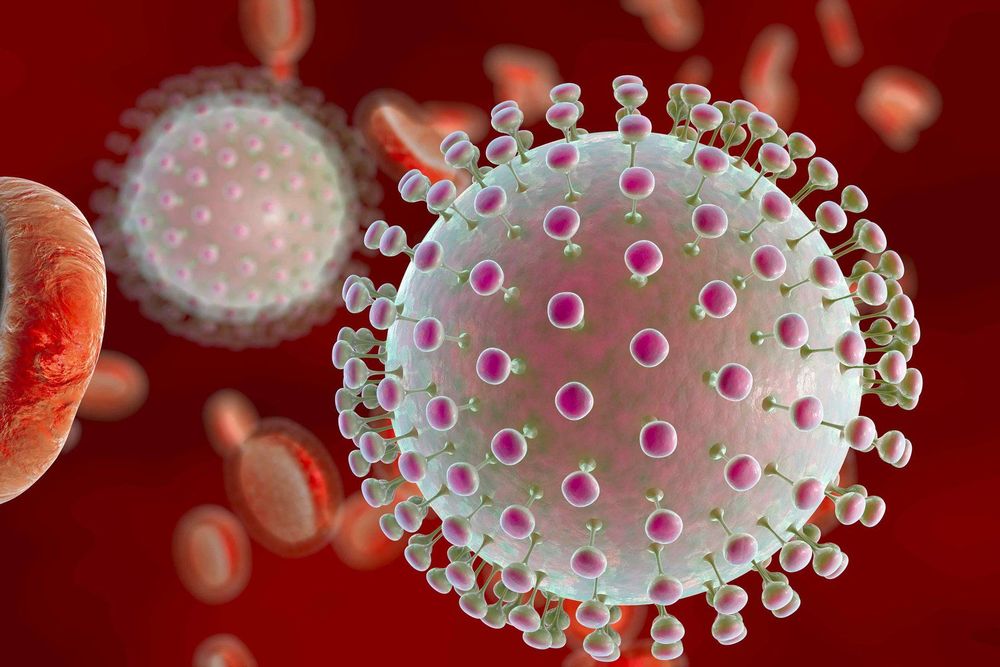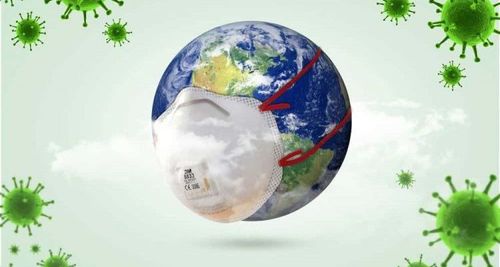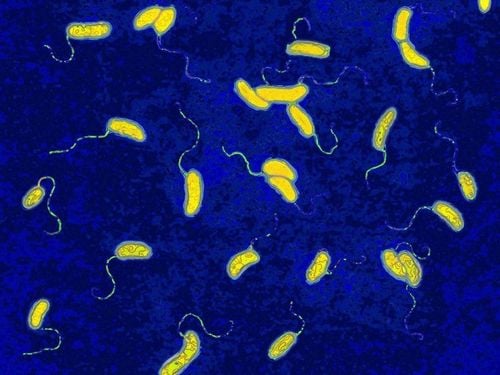This is an automatically translated article.
We all know that the existence and development of all living things are influenced by environmental factors, one of the most influencing factors is temperature. The right temperature can help organisms grow quickly, but too low or too high can slow down the growth of the organism, and can even be killed by the heat.1. How does temperature affect viruses?
Each virus grows in a certain temperature range, outside of that temperature range, the virus will be restricted from growing. There are several concepts related to the growth temperature of viruses, which are:
Optimal temperature: is the temperature at which the virus grows most favorable. Highest temperature: is the maximum limit temperature, when at that temperature the virus still grows but is slow and weak, if it exceeds that limit the virus will be destroyed. Lowest temperature: is the lowest temperature the virus can still survive and develop weakly, if the temperature is lower than this, the virus can be destroyed. Low temperature usually does not kill the virus immediately, but it will affect the ability to metabolize compounds, inhibit the activity of enzymes, change their metabolism. This causes the virus to lose its ability to grow and multiply. The ability to kill viruses at low temperatures usually happens gradually, not as suddenly as at high temperatures.
Too high temperature often causes the virus to die quickly, because the high temperature causes protein denaturation, immediately making the enzyme system inactive, so the virus is easily destroyed.

Nhiệt độ ảnh hưởng đến sự phát triển của vi khuẩn
2. How does human body temperature affect the virus?
When you have a fever does not weaken your immune system. Fever can help your immune system fight infection in two ways:
Higher body temperature speeds up the action of cells, including those that fight disease disease, against the invasion of bacteria or viruses faster. Higher body temperature also causes bacteria and viruses to thrive in the body.
3. Effect of temperature on the spread of infectious diseases
As we all know, within just 1 year of 2015, the Zika virus broke out of isolation in small groups of islands located in the Pacific Ocean, crossed the Americas and infected about 500,000 people in 40 countries. How did it suddenly spread so quickly? Studies have shown that climate change is partly responsible for the rapid spread of the Zika virus.
We are referring to the Zika virus and not another infectious virus because it was one of the case studies that was covered at the Climate and Health Meeting at the Carter Center in Atlanta. Speakers discussed a range of impacts of global warming and climate change on public health such as: making ivy more poisonous, making allergic coloration more persistent and intense , increasing the killer heat wave, polluted air...
And as the climate changes, the earth's temperature increases, we will face more infectious diseases. Many outbreaks of diseases are caused by infectious viruses such as Ebola, Zika epidemics,... anywhere in the world, it was the warmest year on record as reported by NASA. It was the year with the largest margin ever recorded. Researchers conducted the study for nearly two decades and found that dengue in eight Southeast Asian countries got much worse during El Nino years. In warmer years, the dengue virus has spread further, at a faster rate, and infected more people than in years with lower average temperatures.

Virus Zika có mức độ lây nhiễm bệnh rất cao
The researchers found that not only Zika virus, the virus that causes dengue fever, but any virus that infects mosquitoes, warmer temperatures help them grow faster. Because normally mosquitoes are usually smaller when they hatch in warmer temperatures and they have more blood-sucking behavior to get enough blood for them to develop eggs. As a result, people are more likely to be bitten by mosquitoes during years of rising temperatures, making them more susceptible to disease transmission.
Since 2015, the earth has passed its hottest temperature, researchers say that we are about to face more infectious diseases, not just diseases transmitted from animals to humans. Water-borne diseases such as cholera are also becoming more common. And we are seeing the emergence of many major pathogens. There are many new viruses that infect humans such as Rift Valley fever, which humans have caught from animals such as sheep and cattle that have caused epidemics in Africa. Yellow fever is an infectious disease caused by mosquitoes in Africa and South America. Or Middle East respiratory syndrome or MERS is a disease caused by a virus transmitted from camels to humans.
Thus, it can be seen that the increasing ambient temperature is accelerating the spread of infectious disease viruses. Typically, the major epidemics we have experienced such as Ebola, Zika, MERS, etc. People need to pay special attention to this issue, because it will directly affect the health of people. us, and it also negatively affects our socio-economic life.
Customers can directly go to Vinmec Health system nationwide to visit or contact the hotline here for support.
Reference article source: webmd.com













